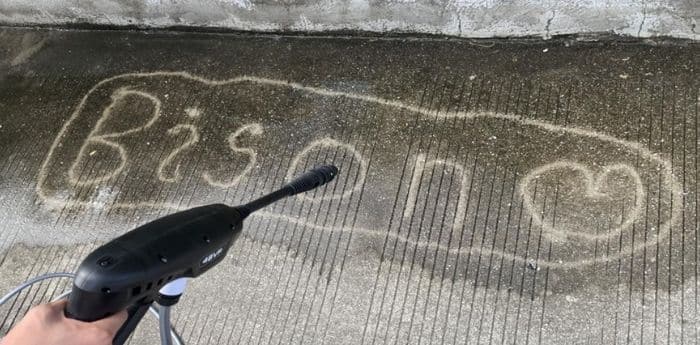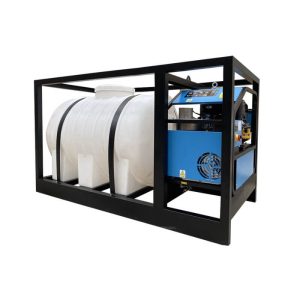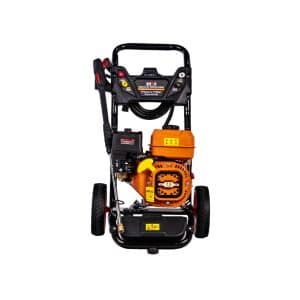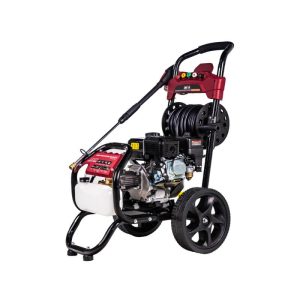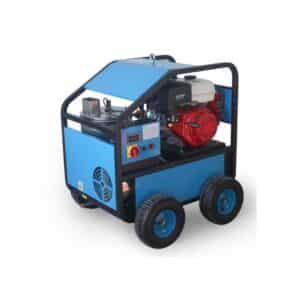
BISON Santy
Hello, I am Santy, the funder of bisonclean.com. I have been in cleaning machinery field for more than 5 years now, and the purpose of this article is to share with you the knowledge related to pressure washer from a Chinese supplier's perspective.
Table of Contents
A pressure washer uses the power of water to wash away dirt, grime and stubborn stains from a variety of surfaces, making quick work of otherwise labor-intensive chores. When comparing pressure washers, consumers tend to focus on PSI. However, there are other factors to consider like GPM.
The performance of every pressure washer depends on two key factors: GPM is gallons per minute and PSI is pounds per square inch. But what do they really mean, and how do they impact cleaning effectiveness?
This article aims to demystify the relationship between PSI and GPM on pressure washers. Understanding the interplay between these two factors is key to choosing the right BISON pressure washer for your needs and getting the best cleaning results.
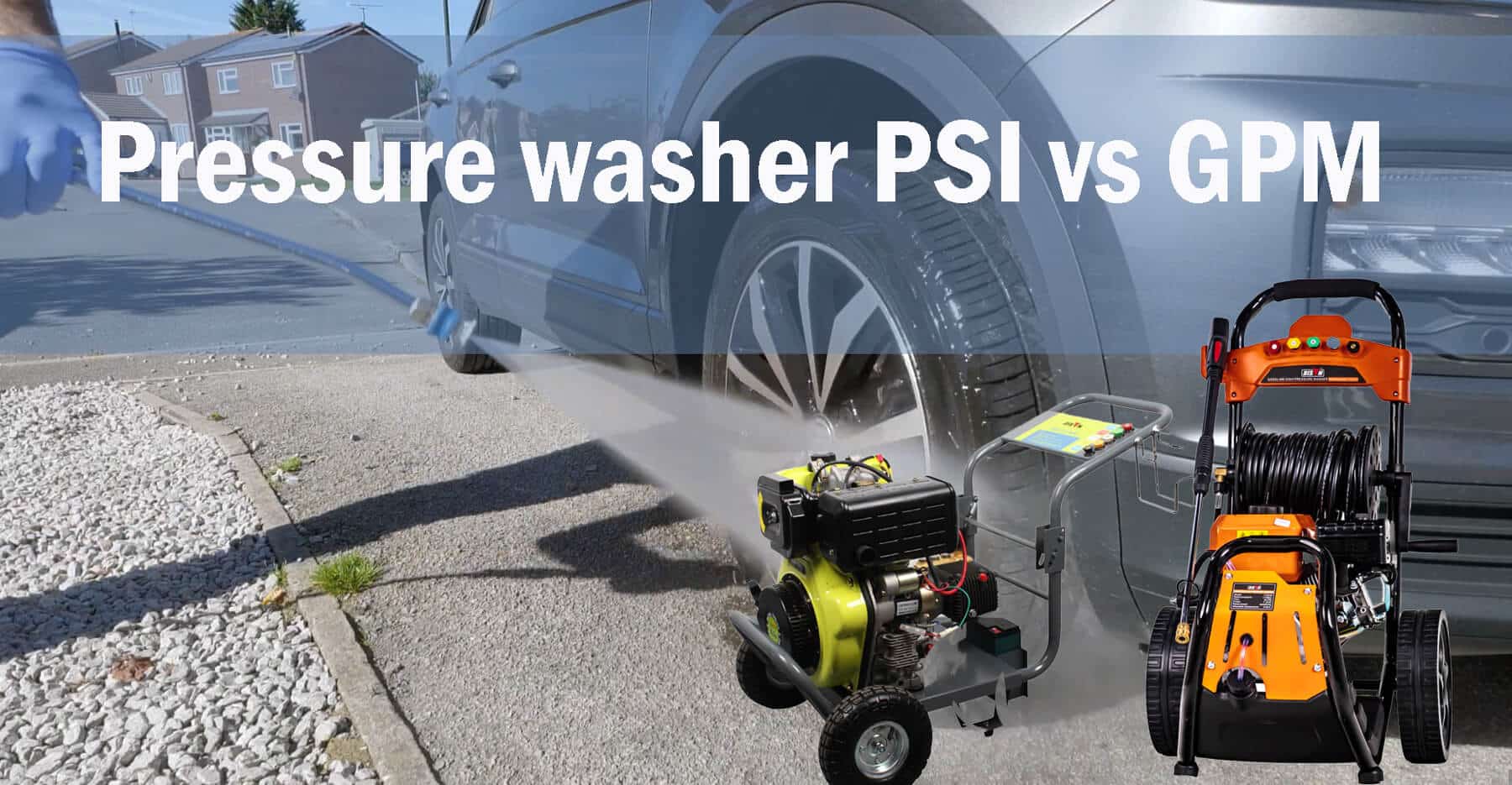
What is PSI?
PSI, or pounds per square Inch, is a measure of the pressure at which water is expelled from a pressure washer’s nozzle. In simple terms, it quantifies the force of the water stream. A high PSI value indicates greater pressure, which means it can remove the stickiest and most stubborn dirt.
Relationship between PSI and water impact force
The PSI directly correlates with the force at which water hits a surface. As PSI increases, so does the impact force of the water stream. You can understand it like this:
- Low PSI (1000-2000): Provides a gentler cleaning action, suitable for washing delicate surfaces such as cars, motorcycles, boats or patio furniture.
- Medium PSI (2000-3000): Provides cleaning power for most household tasks or tough surfaces such as concrete floors, fences, heavy equipment or machinery.
- High PSI (3000+): Provides maximum cleaning power for tough jobs and commercial applications, washing large industrial vehicles, removing graffiti or preparing surfaces for painting.
What is GPM?
GPM, or gallons per minute, is a measure of the water flow rate in a pressure washer. It quantifies the volume of water the machine can deliver in one minute. While PSI determines the force of the water stream, GPM indicates the amount of water being used.
This factor is critical in determining how quickly and efficiently a pressure washer can clean a specific area and will result in a qualitative leap in rinsing capacity, coverage area, and stubborn stain removal. Typically pressures between 2.0 and 3.5 GPM are suitable for most applications. Professional commercial pressure washers are usually higher, not only in the 4-5GPM range but also in the 10GPM range.
Relationship between GPM and water impact force
While PSI is the primary factor determining the force of water impact, GPM also plays a role:
- Sustained pressure: Higher GPM helps maintain consistent pressure over a larger area, ensuring the entire surface is effectively cleaned, saving time to complete the task.
- Momentum: Increased water volume contributes to the overall momentum of the water stream, enhancing its ability to remove dirt and debris. There are trade-offs in areas with limited water access.
- Synergy with PSI: When combined with high PSI, high GPM can produce a powerful cleaning effect that is greater than the sum of its parts.
Understanding the relationship between PSI and GPM
To truly understand the cleaning power of a pressure washer, we need to look beyond individual PSI and GPM ratings. This is where the concept of Cleaning Units (CU) comes into play.
A cleaning unit (CU) is the number you get when you multiply PSI by GPM. The higher the CU value, the more cleaning power the machine possesses. This estimate gives you a good idea of the cleaning power of a particular pressure washer. However, this number only tells part of the story. Two pressure washers can have the same CU without having the same PSI and GPM, in which case the pressure washer with the higher GPM will provide faster cleaning due to its stronger cleaning effect.
To illustrate the importance of this relationship, let’s examine how different PSI and GPM combinations perform in various scenarios:
Comparison | high PSI/low GPM machines | low PSI/high GPM machines | balanced PSI/GPM machines |
Example | 3000 PSI, 2 GPM (6000 CU) | 2000 PSI, 4 GPM (8000 CU) | 2500 PSI, 3 GPM (7500 CU) |
Strengths | Efficient water use Excellent for removing stubborn stains Ideal for concentrated cleaning of small areas | Fast cleaning of large areas Excellent for rinsing and flushing debris Less risk of surface damage | Versatile performance across various tasks Good balance of cleaning power and efficiency |
defect | Slower cleaning of large surfaces Less effective for general rinsing tasks | May struggle with extremely stubborn stains Higher water consumption | Depends on specific cleaning requirements |
Best for | Paint stripping Graffiti removal Cleaning oil stains on concrete | Cleaning large decks Washing vehicles Rinsing siding | General household and light commercial use |
The GPM value is usually more important than the PSI rating, the higher the GPM, the faster the cleaning task (such as dealing with the mud, dirt and debris that needs to be removed) will be completed. Professional cleaners or contractors usually use cleaning solutions to loosen dirt instead of relying solely on the PSI rating, so they prefer a pressure washer with a higher GPM, which cleans larger surfaces faster.
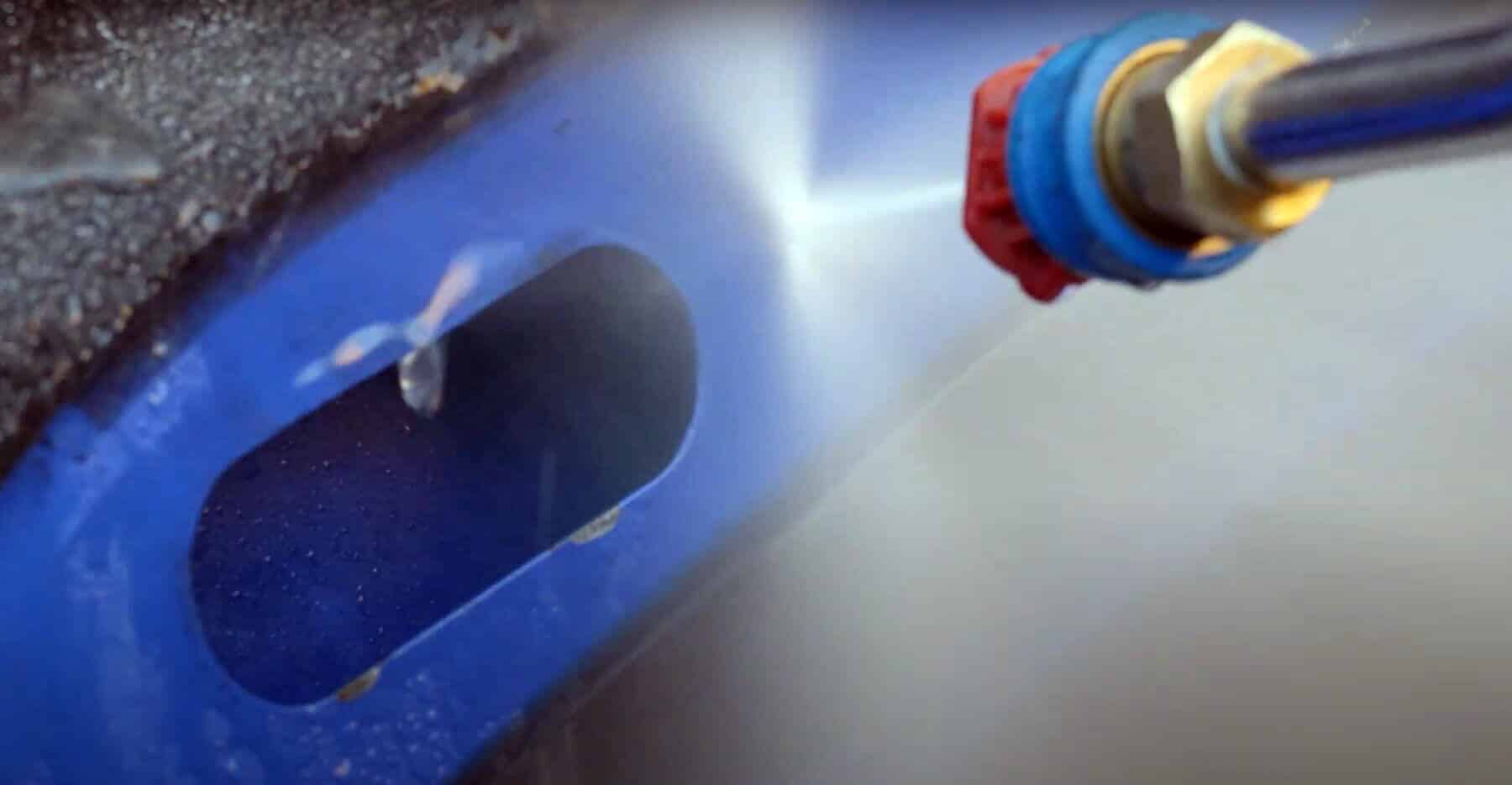
What should you know about pressure washer PSI and safety?
If the machine’s PSI is greater than 3,500, the water pressure can damage some surfaces, including wood on decks, paint on vehicles, and human skin. Therefore, when using a high-PSI-rated pressure washer, BISON asks you to keep the following safety factors in mind:
Read the owner’s manual: The owner’s manual will tell you everything about the safest way to use a pressure washer.
- Watch your distance: Never point a pressure washer gun at someone. A pressure washer is not a toy, and splashing someone can cause serious injury and require a trip to the emergency room.
- Choose a pressure washer nozzle: Pressure washers come with multiple nozzles or wand settings. Start with a wide-angle nozzle, 0 degrees is not recommended, and never hold the nozzle more than six inches from the surface you’re cleaning. If you need extra lift to remove stubborn dirt and grime, it’s best to use a regular detergent.
- Be aware of kickbacks: When you pull the trigger, a pressure washer will give you an electric shock. This can cause you to slip on slippery surfaces or fall from a height. Do not use a pressure washer on a ladder.
- Be careful when indoors: Gas-powered pressure washers emit harmful gases, such as carbon monoxide, which can be fatal if inhaled. They are also very noisy and may damage your hearing. Be sure to use a model designed for indoor environments.
- Add antifreeze: If you use some pressure washers in the winter, you can add antifreeze to them. Otherwise, only run your pressure washer in sunlight.
Conclusion
PSI represents the force of the water stream, determining its ability to break down and remove tough stains and grime. GPM indicates the volume of water flow, influencing the rinsing capability and the speed at which large areas can be cleaned. The ideal pressure washer isn’t necessarily the one with the highest PSI or GPM, but rather one that provides the right balance for your specific needs.
If you still can’t determine the ideal combination, please contact us immediately. As a trusted pressure washer supplier in China , we will provide you with the right pressure washer for distribution according to your needs. BISON’s extensive product line features various PSI and GPM combinations, ensuring that you can find the product that best suits your specific requirements.
It is no exaggeration to say that BISON’s high-quality pressure washers are guaranteed to make you stand out from the competitive cleaning equipment market.
FAQs About Pressure Washer PSI Vs GPM
PSI cannot be directly converted to GPM. These are two different units of measurement. PSI measures pressure, GPM measures flow rate.
You might also enjoy
Questions?
Contact Us Today.
Related Products
Find more?
Related Posts

How to clean pool tiles with a pressure washer
This comprehensive guide will walk you through the steps to restore your pool tile to its original glory using a pressure washer.

How pressure washing can help with oil field cleaning
This article will show how pressure washing can provide a cleaning solution for the oilfield industry and explore its benefits and applications.
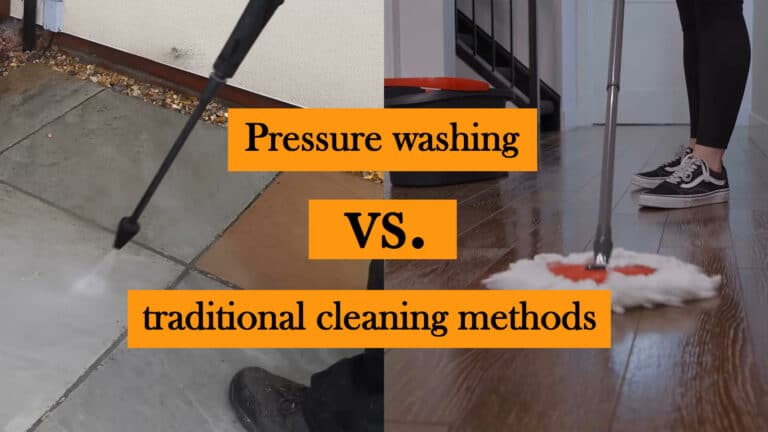
Pressure washing vs. traditional cleaning methods
In this article, BISON will take an in-depth comparison of pressure washing vs. traditional cleaning methods to highlight their pros and cons.
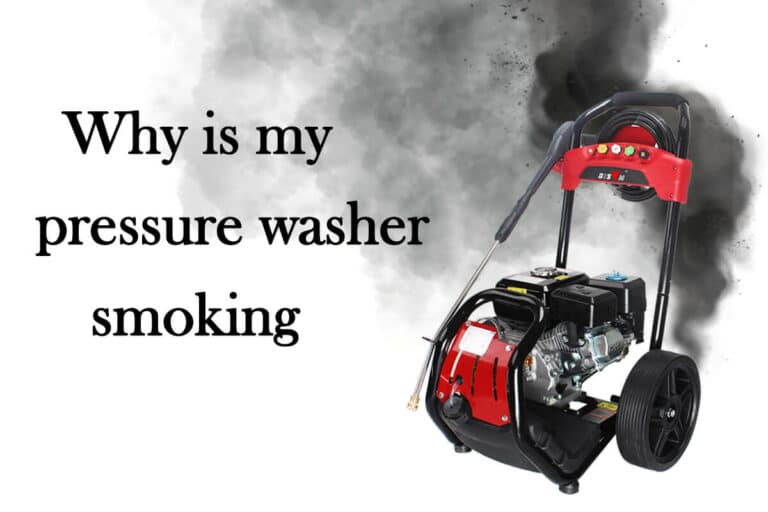
Why is my pressure washer smoking
This blog will help you understand the common reasons why your pressure washer may smoke. In the end, you’ll learn what the smoke could mean

